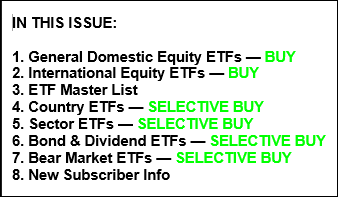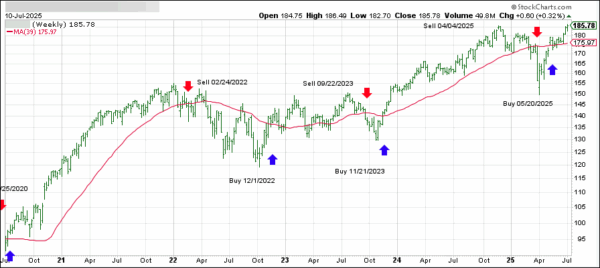
- Moving the market
The markets started the day in neutral, with the major indexes barely budging as traders waited on earnings from the big banks and tried to make sense of the latest inflation data.
Bank of America, Goldman Sachs, and Morgan Stanley all beat expectations, but their stock reactions were all over the place—some up, some down.
Meanwhile, June’s Producer Price Index (PPI), which gives us a sneak peek at inflation trends, came in flat. That’s a surprise, especially since many were bracing for a bump thanks to tariffs. So far, no sign of “tariff-flation.”
On the economic front, Industrial Production came in hotter than expected—up 0.3% month-over-month, which adds up to a 0.73% gain year-over-year. That’s a solid beat.
Despite the good news, markets didn’t seem too impressed. Investors were more focused on whether the Fed might have room to cut rates later this year.
The day wasn’t without drama. Stocks briefly tanked after reports from CBS and the New York Times claimed Trump was planning to fire Fed Chair Powell—rumors that were quickly denied.
That sparked a wild ride in the markets, with a big short squeeze helping stocks bounce back. Bond yields, rate-cut bets, the dollar, and gold all swung wildly too.
Gold managed to finish higher, while Bitcoin quietly kept climbing, seemingly tracking global liquidity trends.
So, with all this noise, are the markets gearing up for a breakout—or just catching their breath?
Read More




